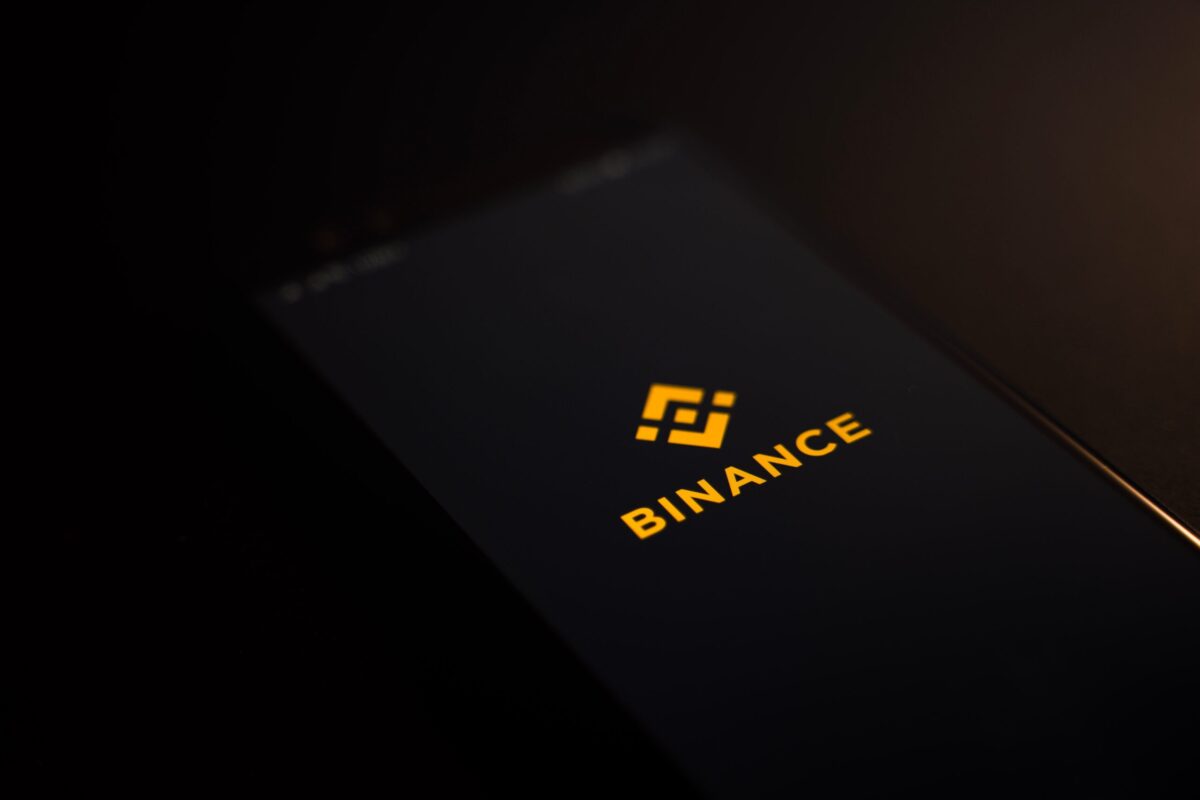Binance is digging deeper into the decentralised finance space (DeFi) by releasing its first-ever self-custody Web3 wallet. It was unveiled at the Binance Blockchain Week conference that took place in Istanbul.
The product, made compatible with multiple other blockchains, will work across 30 blockchain networks. It can be downloaded and accessed through Binance’s app.
Users can conduct DeFi activities like staking, lending and borrowing on the platform. The crypto exchange’s CEO, Changpeng ‘CZ’ Zhao, commented on the launch saying: “Web3 wallets represent more than just storing digital assets; they are an integral part of the Web3 framework, empowering individuals with the ability for self-sovereign finance.”
The product launch comes at a time when Web3 wallets are increasingly becoming a common target for hackers and exploiters. Malicious actors can irreversibly drain funds once they obtain a private key.
To avert this risk, Binance’s new wallet incorporated multiparty computation (MPC), which breaks a user’s private keys into three smaller parts known as key shares. This feature is aimed at reducing the vulnerability of the system.
Out of the three key shares, two will be controlled by the user at all times, allowing for self-custody. They all will be held in three different places — the first part will be with Binance, the second part will get stored locally on the user’s mobile phone and the third part will be encrypted by the user’s recovery password. This will also be backed up to their personal cloud storage such as iCloud or Google Drive.
CZ talked about this feature saying: “Ultimately, our priority is to ensure users can explore Web3 with us within a user-friendly and protected environment.”
However, users have been advised to safeguard their wallet’s assets and access regardless of this feature. If they forget their recovery password, lose their device or delete the Binance app, they won’t be able to access their Web3 Wallet. Binance will also not be able to restore it for them.
It is also not clear whether users will have to complete a know-your-customer (KYC) procedure to create a wallet. Binance Web3 Wallet is not made accessible to users in the US as Binance.com is not available in the country.
The wallet will compete with the other existing ones in the industry like MetaMask and Trust Wallet. The latter was acquired by Binance in 2018. Recently, the crypto exchange also listed a futures market for TrustWallet’s native token ($TWT) this week. Other leading centralised exchanges like Coinbase and OKX also have Web3 wallets.
The new launch comes at a time when the world’s largest crypto exchange struggles with a stark decline in trading volumes this year. Binance’s market share has seen a drop, slipping from a peak of 62% of crypto trading in the first quarter to 51% by the end of the third quarter, as per CCData.
Binance continues to face legal challenges in the US too, hit with multiple lawsuits over a range of alleged violations. The US Securities and Exchange Commission (SEC) sued the exchange, Zhao and Binance.US back in June for illegally listed unregistered securities in the form of several cryptocurrencies for trading and investment by investors.
It also faces a similar lawsuit at the hands of the Commodity Futures Trading Commission (CFTC), which accused Binance of various violations, including inadequate money-laundering controls and inflated trading volumes.
On top of this, a recent Bloomberg report exposed how its CEO CZ’s net worth has been dealing with extreme swings, plunging by 82% since its peak.


